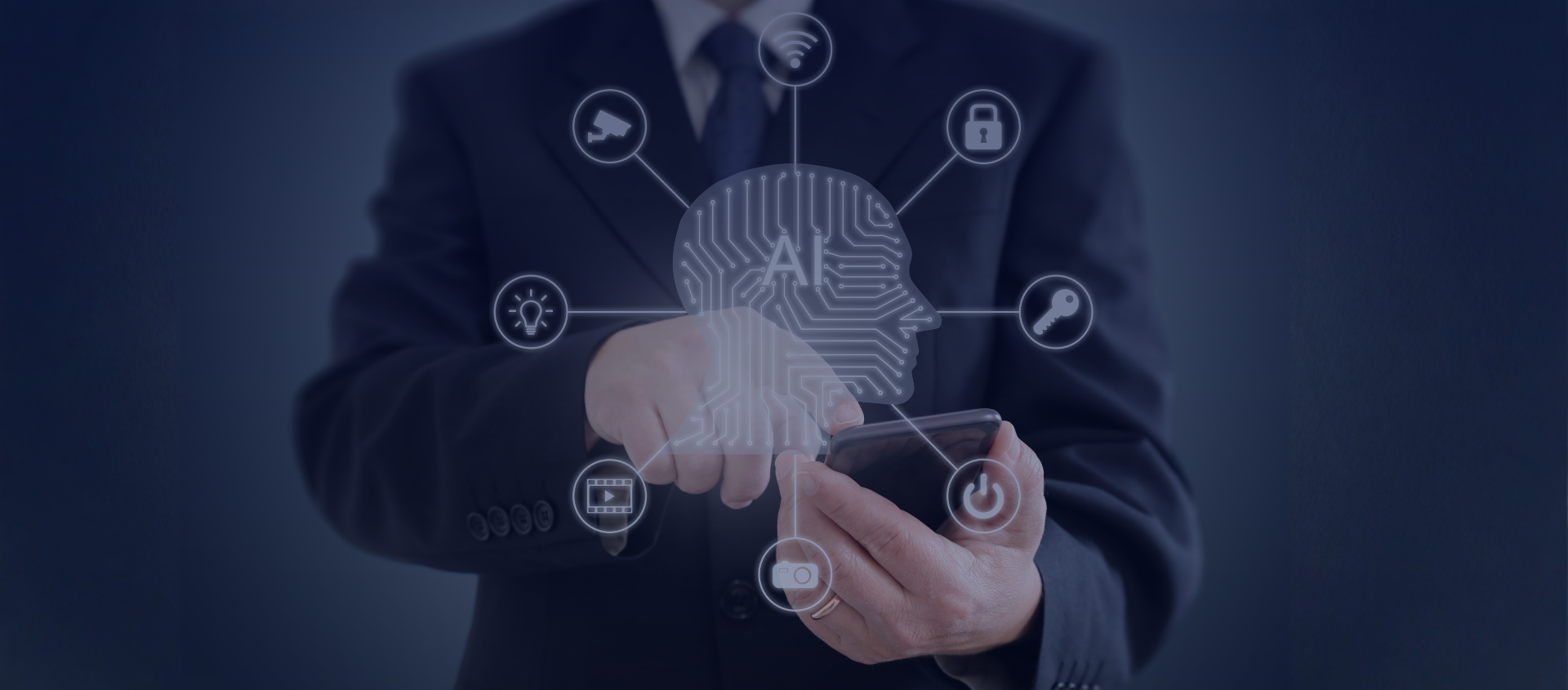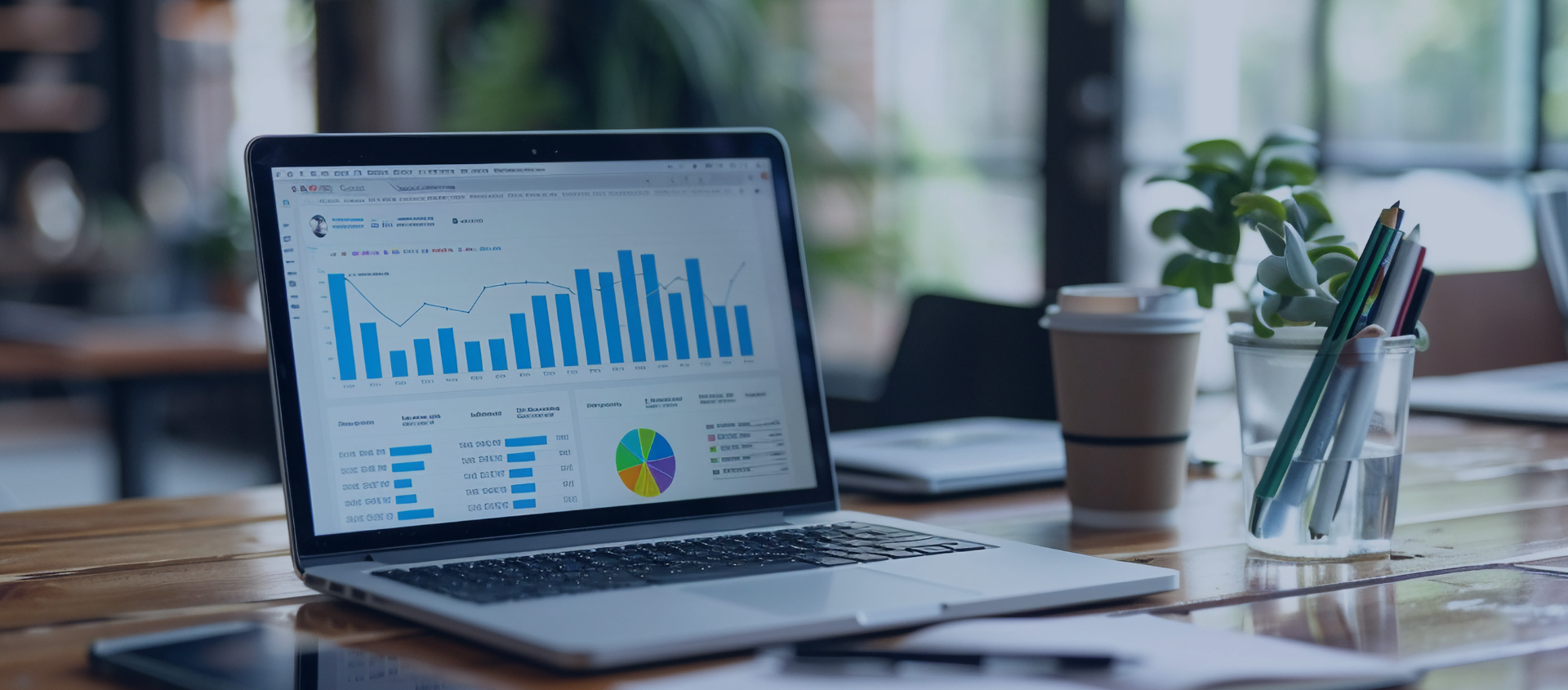This website uses cookies so that we can provide you with the best user experience possible. Cookie information is stored in your browser and performs functions such as recognising you when you return to our website and helping our team to understand which sections of the website you find most interesting and useful.

calendar_month 29 Mar 2021
bookmark Articles
¿Could the no code trend perform de role of the programmers?
A research team from MIT and Intel have developed an algorithm capable of creating algorithms
This means that it is not relevant to have any knowledge to be able to program, it is only necessary to describe the tasks to be carried out and take a high-capacity machine to the limit in order to automate programming and thus avoid a long list of tedious or repetitive activities.
The system uses the “Machine Inferred Code Similarity (MISIM)” model and thus makes a piece of software by studying the structure of the code and analyzing the syntactic differences of other codes with similar behavior. The idea of computers capable of programming themselves from instructions given in natural language has been around for some time and has already been put into practice through various development platform initiatives, under the umbrella of the so-called No Code movement.
More and more companies, especially startups with the ability to design their systems from scratch, are developing structures based on code written by third parties or extracted from repositories and platforms, which is assembled into pieces. Some claim that the coronavirus pandemic and increased distributed work have provided an incentive for the adoption of these types of platforms and tools. In June, Amazon launched its Honeycode platform, which enables the design and construction of applications by assembling modules. With the same idea, Salesforce has Lightning App Builder, Google has App Maker, Microsoft offers Flow and Power Apps, and we could also include page builder tools like WordPress, simple task automation tools like IFTTT, and many more.

Are low-code or no-code platforms the future? Actually, these platforms have been around for a long time.
Many people who previously built their web pages with visual tools such as FrontPage or Dreamweaver which did not require programming knowledge made it easier to understand much more about what was behind a web page or about the commands that supported certain functions.
Some experts indicate that using tools of this type in the hands of users who cannot review the code can generate parts that are very difficult to maintain, evolve or update, in addition to potentially causing more security problems. As a consequence, there is the possibility of a latent vulnerability of the platform itself due to the limited knowledge of those responsible.
On the other hand, others claim that these tools will help developers to build and maintain systems in environments that are increasingly complex and difficult to master by a single person, and that the role and responsibilities of current programmers will be limited to roles. supervision.
The main objective is that many more people have the possibility of the construction and design of the system.
The idea of describing a functionality in words or by means of diagrams to a machine to build the necessary code from that description is already a reality that more people will choose in the future.
Latest Post
-

3 Oct 2025
AI tools to watch in 2026: Driving transformation across industries
-

10 Sep 2025
Why scalability matters in custom software development
-

3 Jun 2025
Implementing AI solutions: Best practices for 2025
-

12 Dec 2024
Zoluxiones Shines at the Latin American Chamber of Commerce Charlotte’s “Golden Era” Gala
-

6 Nov 2024
Zoluxiones Expands Its Horizons: We’ve Opened Our New Office in Charlotte!


